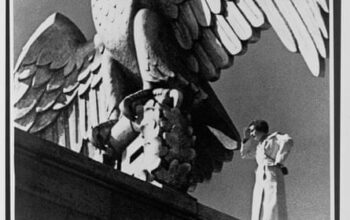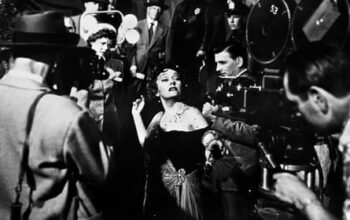
Love is a many-splendored thing in this idiosyncratic, highly stylised debut from Vietnamese film-maker Nguyễn Lê Hoàng Phúc. Blurring the lines between genres and styles, the first half of the film unfurls through a technique commonly seen in silent cinema: the iris shot. Within a circular frame we see a burglary gone wrong, a puzzling plaster cast in the shape of a woman and the burgeoning of a strange friendship, all set within an ordinary flat.
Inspired by a news story, the central premise is at once macabre and moving. Inside the plaster cast is the body of the owner’s wife, who died 10 years ago. Having caught a young burglar (Psycho Neo) red handed, the older man (Lưu Đức Cường) asks for his help on an unusual quest: transporting the body to the couple’s chosen resting place in a faraway desert. Though powered by love, it’s also a journey towards death.
The circular compositions are exquisitely detailed and far from being a gimmick. There’s a captivating play with geometry as cascading shadows, vertical columns, and square floor tiles nestle within the round border. Viewed as if through a telescope, objects of devotion – a fading photo, a pair of wedding rings – acquire a spiritual poignancy. In addition to emphasising the voyeuristic nature of cinema, the framing beautifully accentuates minute gestures and expressions, as the bond between the two men gradually grows. The vivid colour palette, reminiscent of Technicolor melodramas, is another delight, transforming mundane routines into painterly still lifes.
As the film shifts gears into spaghetti western mode, the frame widens to take in new terrain. The switch is beguiling, even if the second half loses some of the visual intricacy that makes the previous scenes so thrilling. Nevertheless, Bury Us in a Lone Desert shines as a potent and affecting exploration of grief’s peculiarities, one that sidesteps maudlin sentimentality.
Source: theguardian.com



